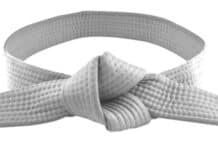
If you’ve watched an EBI event at any point then you most certainly have taken notice of the overtime rounds. The basic idea is that to determine a draw, you start off from a dominant position. The point is to try and submit, at least until the opponent finds a way out. Then you reverse and you need to be the one trying to defend and escape. It’s a great concept that many other organizations have since adopted. The two overtime positions usually at play are back control and the spider web position. We’ll take a deeper look into the second one, trying to determine just what makes it such a dominant attacking spot.
The beautiful thing about BJJ is all the ways in which you can adapt its’ many techniques. If something doesn’t work for you do not abandon it. Instead, look to modify it and mold it to your needs. The trick is just to remember that things are effective for a reason. If you move very far away you’ll most likely suffer failure. But changing small things here an there can only make something work much better for you. In certain case,s it’s going to end up working better for everyone. Once such example is the spider web position, which was originally just an armbar adjustment. Today, its’ one of the top position to be in, with tons of control and easy submission opportunities.
The spider web position, as you might conclude from the name, comes to us courtesy of 10th PLanet Jiu-Jitsu. It’s one of those positions that’s not as fancy as the rubber guard nor as famous as the Twister. However, it is a position that works and it does so at the highest levels of Jiu-Jitsu. And for all you 10th planet critics out there, yes it does work perfectly in the Gi as well. You can look at the spider web as just a way to increase your armbar finishing rate, or you can practice it as a position of control.
If there’s someone that understands the 10th Planet system, it’s Eddie Bravo’s black belt, Brandon McCaghren. He just released an extremely comprehensive guide into one of the 10th PLanet Jiu-Jitsu basics. Here’s a comprehensive review of what to expect from the “Rubber Guard: The Meathook” instructional DVD!
The Spider Web Concept
Picture yourself in the mount. You decide to go fora BJJ classic, the armbar from full mount. You do the setup and end up at the perfect position for an armbar. However, somewhere along the way, the opponent figured out what’s going on and slapped a defense on. Now you’re in a great position to attack if only you could isolate that arm. Stay there long enough without doing anything and your opponent is eventually going to figure a way out. Actually, there are several ways out and they’re fairly easy.
The usual armbar position has you on your butt, hooking the arm you’re trying to isolate with the arm that’s closer to the opponent’s hips. The other arm is usually trying to help break the defensive grips, while the legs are over the head and neck, respectively. This is where most armbar finishing battles take place.

Analyzing The Spider Web Position
It is clear that the spider web position is a very dominant way of controlling and, ultimately, finishing the armbar. But why do these small adjustments change the dynamics of the position so much? Do they really offer an advantage over your opponents? How about using the spider web position to transition into other means of attack? Is it too early for me to look into learning this position? The answers are as follows:
-
Mechanical Advantage And Control
The reason that the spider web is such a tight position is in the hooks. Eddie Bravo, the founder of this position, refers to them as deep hooks. Basically, the reason you’re holding their arms elbow-deep is to reach your hip. The reason for this, in turn, is to get tight control over the arm and an even easier defense break when the time comes.
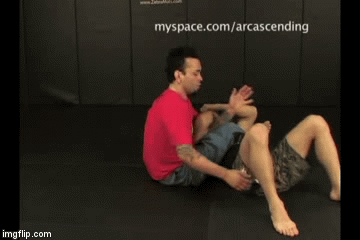
Another great aspect of the spider web is that the much-utilized hitchhiker escape simply doesn’t work. There’s a simple mechanical reason for this. The fact that you’re using the outside arm for the deep hook, forces their elbow towards their hips which makes the hitchhiker escape useless. There’s simply no way to rotate the head enough without tearing away the shoulder completely.
-
Submission Options
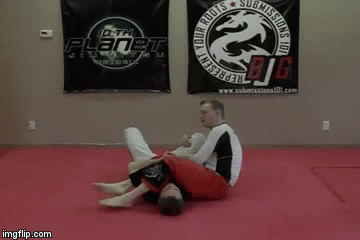
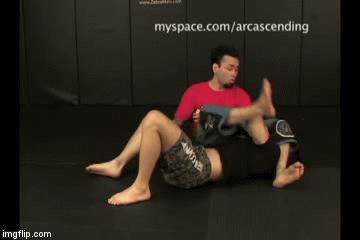
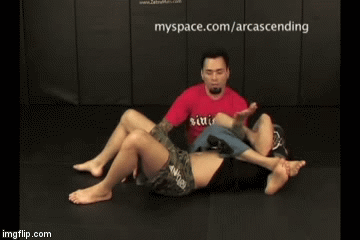
-
Entries Into The Spider Web
Getting to the spiderweb is where things get really fun. Namely, despite your usual mount/S-mount entry, there are several other ways to get to the position.
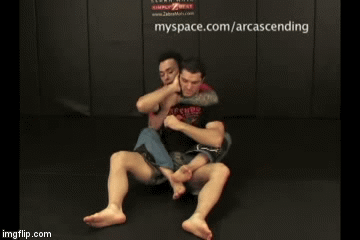

-
Transitional Pathways
If things are not working out for you from the spiderweb (which is unlikely) you can always look to transition out. We already covered the triangle as an option. Now, we’ll look at other dominant positions available.
One thing you can easily go for is the back. All you need to do is give your opponent the possibility to move in the desired direction. To achieve this, simply take your leg off their head. they’ll attempt to get up immediately, allowing you to get a seatbelt on and look to finish from the back.
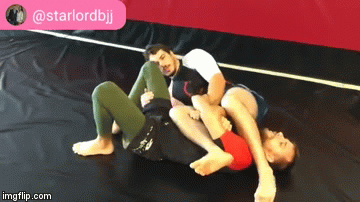
-
Skill Requirements
To sum it all up, let’s give all fo you beginners some peace of mind. Yes, the spider web is applicable to all belts out there. Al it takes is a basic understanding of the armbar submission. So, if you have more than six months experience, and you like armbars you should look into the spider web position. Just remember to stay away from biceps slicers if you’re training and competing under IBJJF rules. At least until you’re a brown belt.
Related Articles:
The Ultimate Open Guard Masterclass For BJJ
Pin And Submit At The Same Time From Twister Side Control
What A Year Of Doing 10th Planet Warm-Ups Has Taught Me
Lockdown, Electric Chair Sweep And The Nastiest Submission In BJJ












